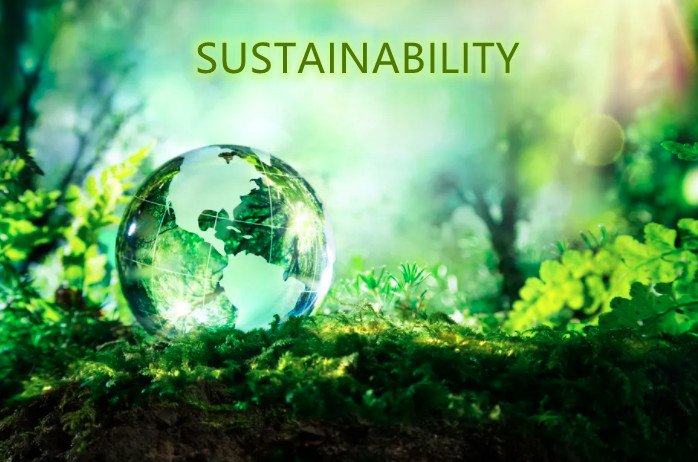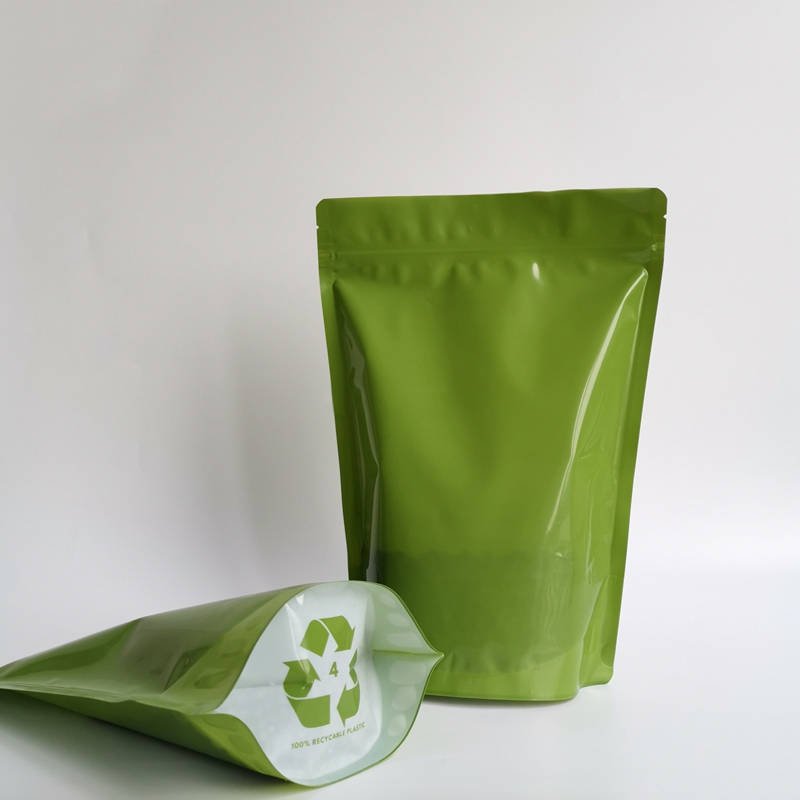Sustainable Flexible Packaging Development Trend 2023
The sustainable development of human society makes flexible packaging face more and more environmental pressure. But flexible packaging will not be replaced by other packaging materials because of its unique advantages.
In the future, there will be more progress of technology for flexible packaging. It will be used in a way that reduces carbon emissions and is harmless to the environment. All of these will eventually improve the use value of plastic packaging materials.
Today we will talk about the sustainable flexible packaging development trend in 2023
It’s an in-depth article that takes 15 minutes to read.
Navigation, click to jump to the section you want to read
Sustainable Flexible Packaging Development Trend 2023
1) Our planet needs sustainable flexible packaging solutions
According to statistics, 42% of plastics are used for packaging, and most of which are only for one-time use. Therefore, the problems caused by plastic pollution in the ecosystem are long-term and lasting.
The recycling rate of plastics is only 10%, which means that 90% of plastics are incinerated, landfilled or directly discarded into the natural environment. Plastic usually takes 500 years or more to decompose. Fragments or microplastics produced by decomposed plastics will remain in the atmospheric cycle, from water to food and soil, as well as all aspects we are involved in. The use of sustainable material flexible packaging can break this negative cycle.

2) More and more countries are implementing laws to reduce disposable plastic packaging
In 2021, Australia announced the “National Plastics plan”, which aims to ban the use of disposable plastics by 2025. In addition to Australia, more and more countries and cities in the world are also taking action to ban the use of disposable plastics.
In the European Union, the 2019 “disposable plastic directive” aims to combat the 10 most common disposable plastic items on European beaches, which account for 70% of all marine garbage in the EU.
In the United States, California, Hawaii and New York have begun legislation to prohibit disposable plastic products such as plastic bags, forks and food containers.
In Asia, countries such as Indonesia and Thailand took the lead in calling for measures to ban the use of disposable plastics.
This shows that in the general trend of the future, countries are willing to pay relative profits to make changes to achieve environmental strategies and social responsibility goals.

3) Sustainable utilization of plastic packaging is the trend
According to the data of Ranpak and Harris, e-commerce customers in the United States, Britain, France and Germany are willing to cooperate with companies using sustainable packaging.
In fact, in all these countries, more than 70% of consumers have this preference, while more than 80% of consumers in the UK and France prefer sustainable packaging.
Consumers’ love for sustainable packaging makes them more willing to see paper packaging rather than plastic to protect their purchases.
However, according to a study, the overall environmental cost of using plastics in the beverage industry is nearly four and a half times lower than that of replacing plastics with alternative materials such as aluminum, paper and glass.
In other words, every alternative is not perfect. The best way to minimize the impact on beverage packaging is to consider the life cycle of plastic products – beverage packaging is put on the market in a sustainable way, the packaging can be recycled, and the overall impact on the environment is the lowest.

4) Mono material plastic packaging is the future
Today, multi-layer laminated and composite plastic packaging is widely used. But its recycling after use is very troublesome. It is necessary to peel the films of different materials and then treat them separately. This is the biggest problem traditional mylar bag facing.
Under the influence of ecological responsibility and local policies, major brands around the world have begun to promise to use mono materials, such as Nordic chemical, Dow, ExxonMobil, Nova chemical and Saudi Basic Industries, and have successively launched recyclable mono material plastic films in recent years.
More and more countries and brand enterprises in the world promote circular economy. This become an important factor affecting the application of recyclable mono material plastic packaging. This measure aims to improve the efficiency of plastic laminated pouches recycling.
The COVID-19 has seriously restricted the growth of the global economy in 2020. However, research earlier this year showed that flexible packaging consumption showed a reverse growth in 2020, especially in Europe and North America.

5) Sustainability is the key value for most big companies
Environment, society and governance, commonly known as ESG strategy, are listed as a key part of the development of many food packaging companies. Because consumers and investors have increasing strong ecological awareness.
By improving the resource efficiency of enterprises, enterprises can improve their scores and possibly obtain more business value. It improves brand reputation, customer and employee loyalty and obtaining capital.
There are increasing demand for environmental protection actions. And the need for enterprises to achieve win-win economic profits and sustainable development goals. It is certain that in the near future, the development of more green, recyclable and sustainable flexible packaging materials will be the general trend of the development of the packaging industry.

What Longdapac can help?
Longdapac is the leading flexible packaging manufacturer from China. We focus on sustainability packaging as you can see below:
Longdapac is the first high barrier MDO-PE film supplier in China.
Longdapac is the first Chinese factory who can make high barrier mono-material PE pouch.
Longdapac recyclable high barrier mono-material PE pouches can meet the recyclability of
- REDcycle in Australia
- CE FLEX in EU
- How2Recycle in USA
- SOFT PLASTIC in New Zealand
Longdapac is a BRC and ISO certified factory with annual capacity of more than 25,000 tons.
Basically Longdapac can satisfy all your recyclable packaging needs, both standard and high barrie
With our professional packaging team on artwork design, bag production, and recyclable material development, we are the first high barrier mono-material pouch manufacturer in China who can make
Recyclable Coffee Bag
Recyclable Tea Bag
Recyclable Dog Food Bag
Recyclable Cat Food Bag
Recyaclable Laminating Pouches
